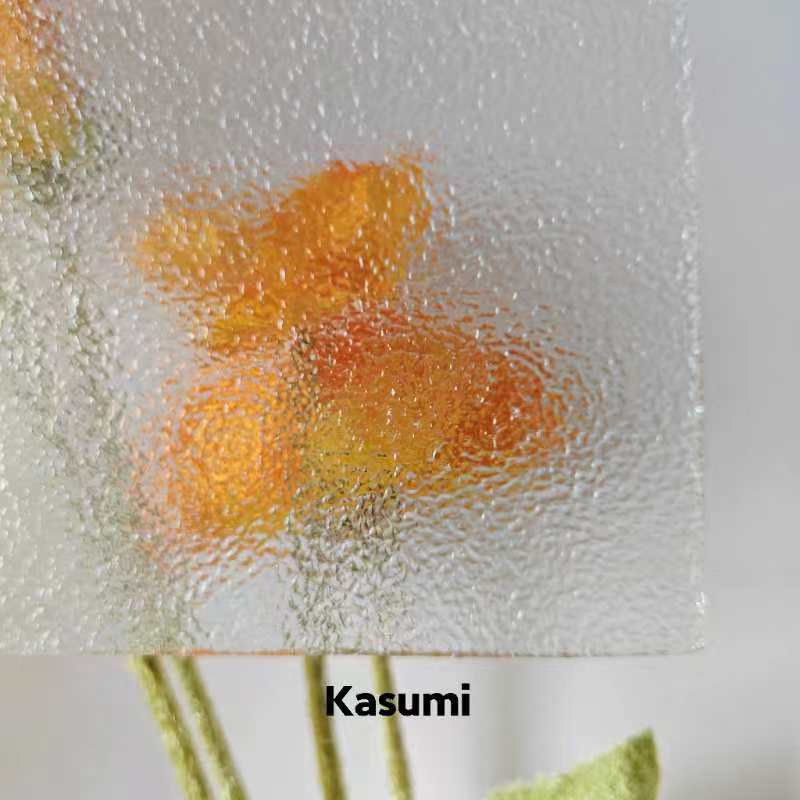

Understanding Low-E 180 Glass A Revolutionary Solution for Energy Efficiency
In recent years, the construction and architectural industries have made significant strides toward enhancing energy efficiency in buildings. One of the standout innovations in this area is Low-E 180 glass, a high-performance glazing option that plays a crucial role in reducing energy consumption while maintaining comfort within living and working spaces. This article explores the features, benefits, and applications of Low-E 180 glass, illustrating why it has become a preferred choice for architects and builders alike.
Understanding Low-E 180 Glass A Revolutionary Solution for Energy Efficiency
One of the primary benefits of Low-E 180 glass is its ability to enhance energy efficiency. By reflecting heat back into a building during winter and keeping excessive heat out during summer, this glazing helps maintain a consistent indoor temperature. This thermal regulation reduces the need for intensive heating and cooling, ultimately leading to lower energy bills. The energy savings can be substantial, particularly in regions with extreme climates, where heating and cooling expenses can constitute a significant portion of a building's energy consumption.

Moreover, Low-E 180 glass can contribute to a building's sustainability profile. With increasing awareness about climate change and the importance of reducing carbon footprints, many organizations and homeowners are looking for ways to make their structures more eco-friendly. By incorporating Low-E 180 glass into their designs, builders can achieve higher energy efficiency ratings and contribute to green building certifications, such as LEED (Leadership in Energy and Environmental Design).
In addition to its energy-saving capabilities, Low-E 180 glass also offers performance advantages in terms of comfort and glare reduction. The coating allows for ample natural daylight to enter spaces while minimizing glare caused by direct sunlight. This balance creates comfortable environments that can enhance productivity in commercial settings or provide comfort in residential homes. Furthermore, by filtering UV rays, Low-E 180 glass helps protect interior furnishings, flooring, and artwork from fading, thereby extending their lifespan.
Low-E 180 glass is versatile and can be utilized in various applications, including windows, skylights, and curtain walls. It is an excellent choice for both new constructions and retrofitting existing buildings. Architects appreciate its aesthetic appeal, as it allows for a sleek and modern look while remaining functional. Additionally, building owners benefit from the long-term value of their investment through increased property value and reduced maintenance costs over time.
In conclusion, Low-E 180 glass represents a significant advancement in energy-efficient building materials. Its unique properties not only help reduce energy consumption and lower utility bills but also enhance occupant comfort and protect interior assets. As the demand for sustainable and eco-friendly building solutions continues to rise, Low-E 180 glass stands out as a practical and effective option for those looking to create environmentally responsible, energy-efficient spaces. The future of construction and design is being shaped by such innovations, making our homes and offices smarter, more efficient, and more sustainable.